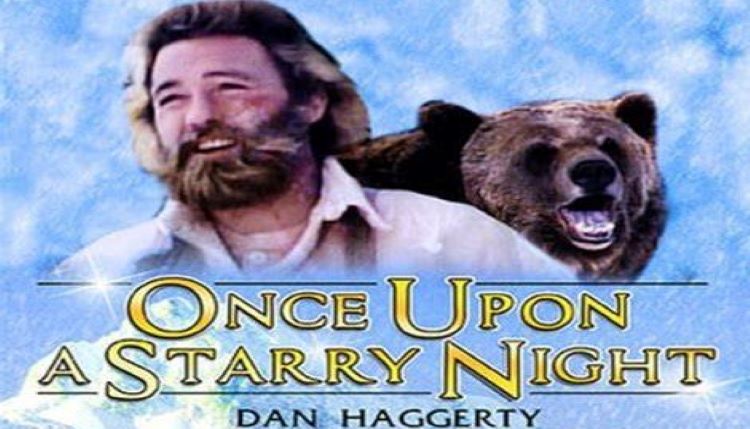
In December 1978, Grizzly Adams returned to TV for this holiday special.
In the winter of 1978, TV viewers were treated to several newly produced Christmas special airings. On ABC’s Happy Days, Fonzie received a mystery gift from his estranged father; on Taxi, Louie got a visit from his brother Nick ending in a poker showdown between Nick and Alex; while on PBS, Christmas came to Sesame Street in a special one-hour broadcast which left Big Bird wondering how Santa is able to fit down narrow chimneys.
The more traditional new standalone specials included: The Stingiest Man in Town, an animated Rankin/Bass retelling of A Christmas Carol on NBC; The Little Brown Burro, the animated story of the little burrow that carried a pregnant Mary to Bethlehem, which aired in syndication; The Gift of Love, a retelling of O. Henry’s ubiquitous The Gift of the Magi starring Marie Osmond on ABC; and Rich Little’s Christmas Carol on Canada’s CBC with Little playing all the parts in the classic Dickens story. There was also the infamous and inexplicable Star Wars Holiday Special which had aired on CBS back in November, that had to have dumbfounded viewers that sat through the entire musical-variety-fantasy program somehow framed in the Star Wars universe.
I’ll also include the Walt Disney-produced The Small One on this list, an animated story about a first-century boy from Nazareth forced to sell the family’s aged and weak donkey, saved from the tanner in the nick of time when a man named Joseph arrives, needing an animal to carry his wife Mary to Bethlehem. The Small One didn’t air on television but was attached to the beginning of prints of the holiday re-release of Pinocchio in theaters. I’m linking a playlist of all these specials that are available on YouTube.
In the middle of all the TV holiday goodness, NBC brought back to the screen a particular mountain man who had taken the nation by storm when re-introduced to TV audiences the prior year.
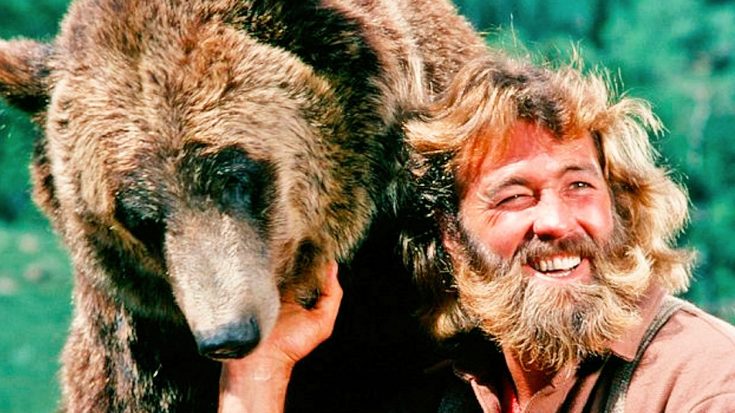
1974’s The Life and Times of Grizzly Adams starring familiar face Dan Haggerty had performed very well in theaters over the course of some two years as the independent film made its way playing in smaller markets across the country. A modern interpretation of the historical figure that came to be known as ‘Grizzly’ Adams, the film told the story of James Adams…well, perhaps I should let his friend Mad Jack tell it.
“The story of Grizzly Adams is big and powerful, and beautiful. They call me Mad Jack, and me and my burro Number 7 have been traipsin’ these slopes and valleys for a long spell, so I know the story from the beginning. My friend Adams was accused of a crime he didn’t commit. So, he escaped into the mountains, leaving behind the only life that he ever knew. Now that wilderness out there ain’t no place for a greenhorn, and his chances of surviving were mighty slim. Weren’t no time at all ‘fore he was beaten down, ragged, and nearly starved. Long about then, he come upon a grizzly bear cub, all alone and helpless. Now Adams knew that little critter couldn’t survive without his help, so he started right down that cliff, risking his own life to save it. Heh, heh, heh. Now that cub took to Adams right off. And that was when he had a…special kind of way with animals. They just come right up to him like he was a natural part of the wilderness. But that bear cub, he was extra special. As he growed, he became the best friend Adams ever had, and together, they became a legend.”
The film was the product of producer Charles Sellier and Utah-based studio Sunn Classic Pictures, who had just hired him away from a competitor. A studio run by Mormons and conservative Christians; Sunn specialized in films that appealed to a moviegoing audience they felt was overlooked by Hollywood. Their target audience were the so-called ‘fringe’ moviegoers, people that took their families to the movies perhaps once a year. (Their early catalog is a study in 1970s weirdness: a mixture of the religious and paranormal alongside wholesome wilderness adventure films. It can be argued today’s cable TV fascination with ‘ancient alien’-style pseudo-documentary programming is a side effect of just how entrenched their films became in pop culture, as the adults of today grew up absorbing concepts they presented as fact.)
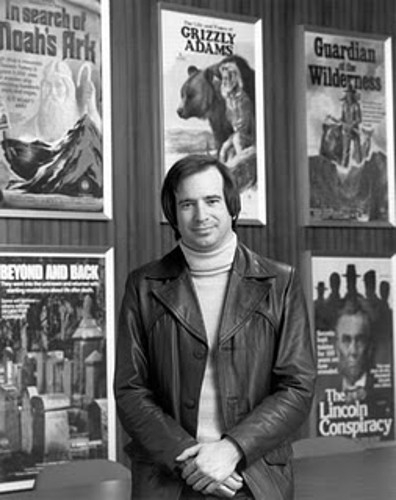
The broadcast rights were sold by Sunn to NBC, who aired it May 17, 1976, earning an incredible 43 share of the viewing audience. But it was actually the lesser-known The Adventures of Frontier Fremont, then playing in theaters, that actually sold Grizzly Adams as a TV series concept to NBC. Writer David O’Malley took the ‘lone mountain man’ concept and added humor, a stronger storyline, a new character dynamic between Haggerty and Denver Pyle, and third-party narration as a framing device, delivering a much-needed improvement over the ‘74 Grizzly Adams film. NBC’s Paul Klein exclaimed ‘that’s what we want!’ following a Fremont screening.
So, The Life and Times of Grizzly Adams became a television series, performing well enough as a mid-season replacement in early 1977 to be brought back for a full season that fall. There had also been an explosion in Grizzly Adams merchandise, generating more than $140 million of sales of licensed products hitting stores for the Christmas season of 1977 in the form of plush dolls, lunchboxes, board games, View-Master reels, a Halloween costume, and according to Arrested Development, a sleeping bag.
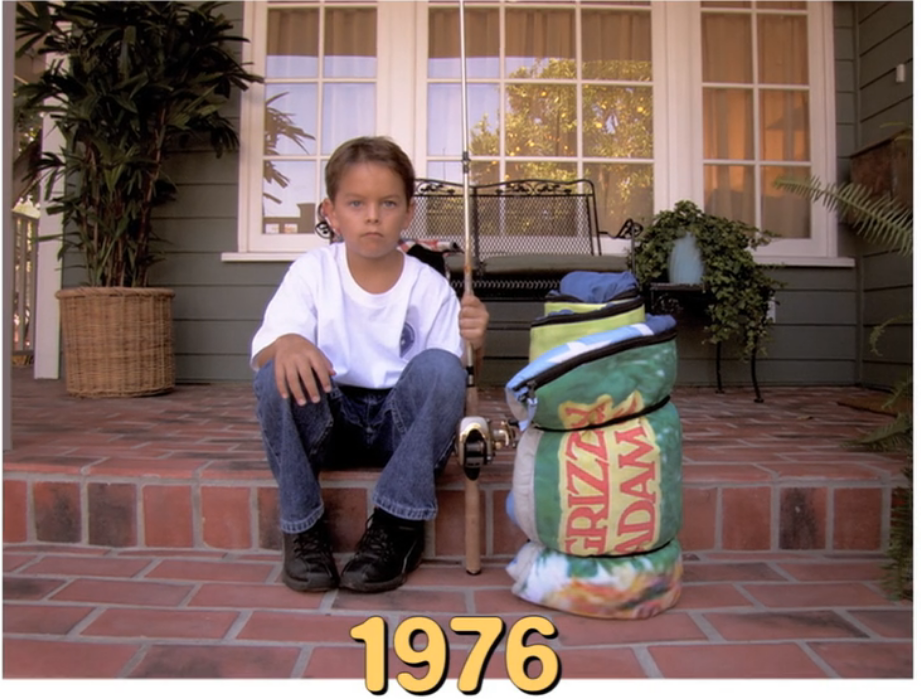
However, declining ratings – likely combined with the network having to deal with the idiosyncrasies of Charles Sellier and his obsessive ‘research’ determining the content of episodes – resulted in NBC canceling the series at the conclusion of the 1977-78 season. For all viewers knew, they had seen the last of Grizzly Adams. So, it must have seemed like a Christmas miracle when the series returned after seven months with one more installment, airing as a 90-minute special on December 19, 1978 – appropriately enough – following the animated special The Bear Who Slept Through Christmas.
Once Upon a Starry Night
“The wilderness is a mighty fine place to live any season of the year, but for real mountain men like me and my friend James Adams, there’s a special magic that comes in the winter. ‘Cause then, the great mountains are tucked under their blankets of snow, the streams sparkle prettier than ever as they tumble down the slopes, and the trees glisten proudly with their coats of ice, and best of all, the feel of Christmas is in the air everywhere.” – Mad Jack
With a decent snow falling on Adams’ mountain and Christmas fast approaching, Grizzly Adams finds a modest pine tree for the cabin, preserving the roots so as to not kill it so it can be replanted. Meanwhile, Mad Jack happens upon his old mountain man friend Frostbite Foley from the northern territories and the two have a good-natured race to Adams’ cabin.
Later, a traveling family has their wagon buried in an avalanche with Adams saving the children. Uncle Ned was transporting young Debbie and Billy over the mountains to their parent’s homestead, but they clearly can’t make it this late in the winter and they head to Adams’ cabin. It’s a full house when Mad Jack and Frostbite Foley also show up.
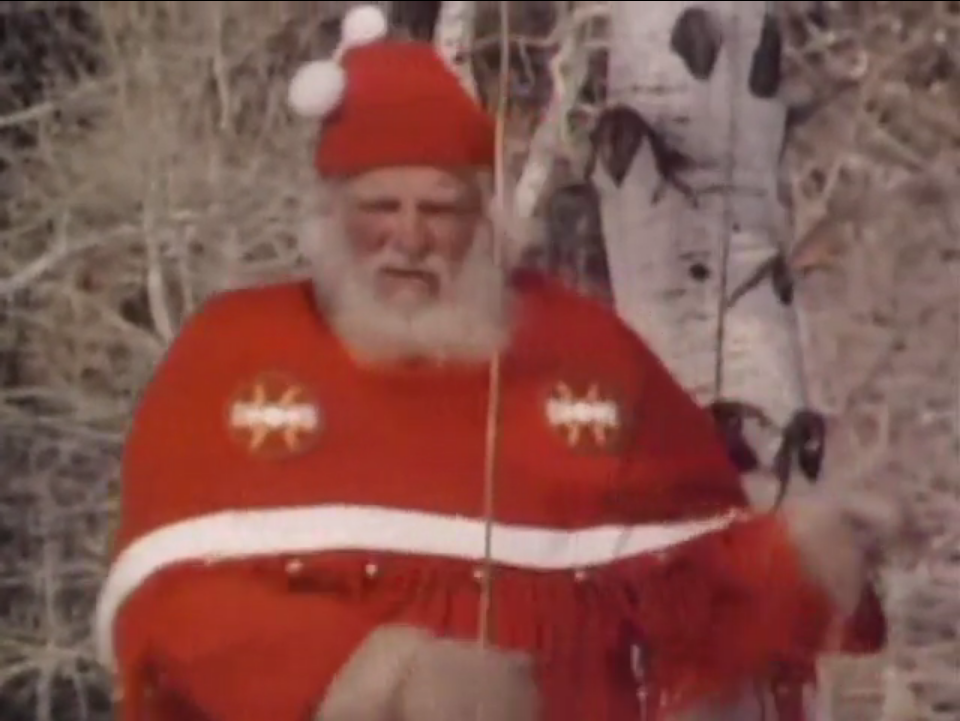
Meanwhile, parents Sam and Jenny have foolishly set out on foot crossing the mountains in the other direction to meet up with their children. Adams deduces this and sets out to locate them before the blizzard arrives, but it’s a difficult journey back to the cabin. When they get back, they are surprised by not one, but two Santa Clauses in the form of Mad Jack and Frostbite Foley. Adams has a special gift for his friend Mad Jack, and everyone puts on a nativity play, with even Ben the bear, Number 7 the mule, Joshua the raccoon, and skunks Daniel and Mary Lou all participating. After Grizzly Adams relates the story of the nativity, all sing Silent Night as we are treated to winter shots of the Uinta-Wasatch-Cache National Forest.
The telefilm was written by series writer Brian Russell along with James Simmons, who was normally credited as a producer on Sunn productions. Produced as the final episode of the season, the guest star budget must have been maxed out on this one. Ken Curtis and Jack Kruschen start off our guest cast. Curtis of course was well-known as Festus from Gunsmoke and played Uncle Ned to the two children. Kruschen, who had guested on an earlier episode, returns to the series – this time as Frostbite Foley. Special guest stars Don Galloway and Diane McBain appear as Sam and Jenny. Galloway was perhaps best known as Detective Sergeant Ed Brown on Ironside. McBain had been a contract player for Warner Brothers in the 1960s, and by this time was making the rounds as TV guest star. Linda Arbizu and Steven Robertson appear as children Debbie and Billy. As was the practice of Sunn, often local, non-union cast and crew were hired on their productions. The children were non-professionals recruited from Orem, Utah.
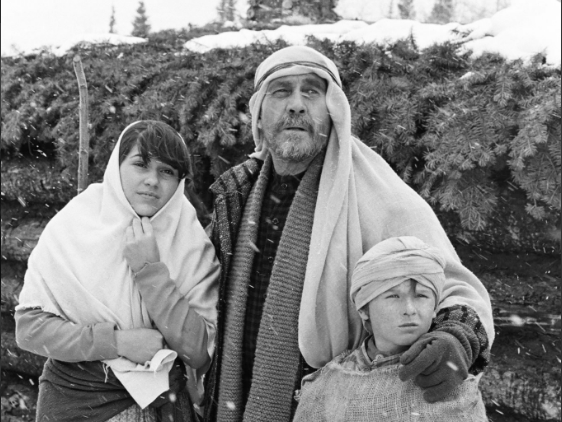
They didn’t know it during filming, but this would be the final entry of the regular series. Interestingly, both this episode and Grizzly Adams other holiday entry, The Renewal, were the final two filmed as part of the last batch of episodes produced following Dan Haggerty’s burn accident back in November which put a stop to filming while he recovered. (A jostled bar patron spilled a flaming cocktail on his beard at the actor’s 35th birthday party. Skin grafts were needed, and production had to be shut down while he was treated, healed, and regrew his beard.)
This installment was one of only two Grizzly Adams episodes that featured snow, as producer Charles Sellier had determined with the help of audience research that snow was to be reserved only for holiday episodes (and women were to be rarely shown as well), as he told TV Guide in January 1978. “Our audience likes waterfalls, pretty vistas and high mountain ridges, preferably with actors and animals as a part of the scene. They dislike snow, except at Christmas. What they like is eternal summer in the primeval, womanless wilderness.” This proclamation is a fairly accurate assessment of most of Sunn’s wilderness films and gives you a small taste of Sellier’s eccentricities.
However, the telefilm featured higher production values as compared to regular series episodes. We see a completely new set piece in the form of a simple creek-side open-air workshop Adams evidently built. Under the roof, he has a workbench including a lathe powered by a water wheel.
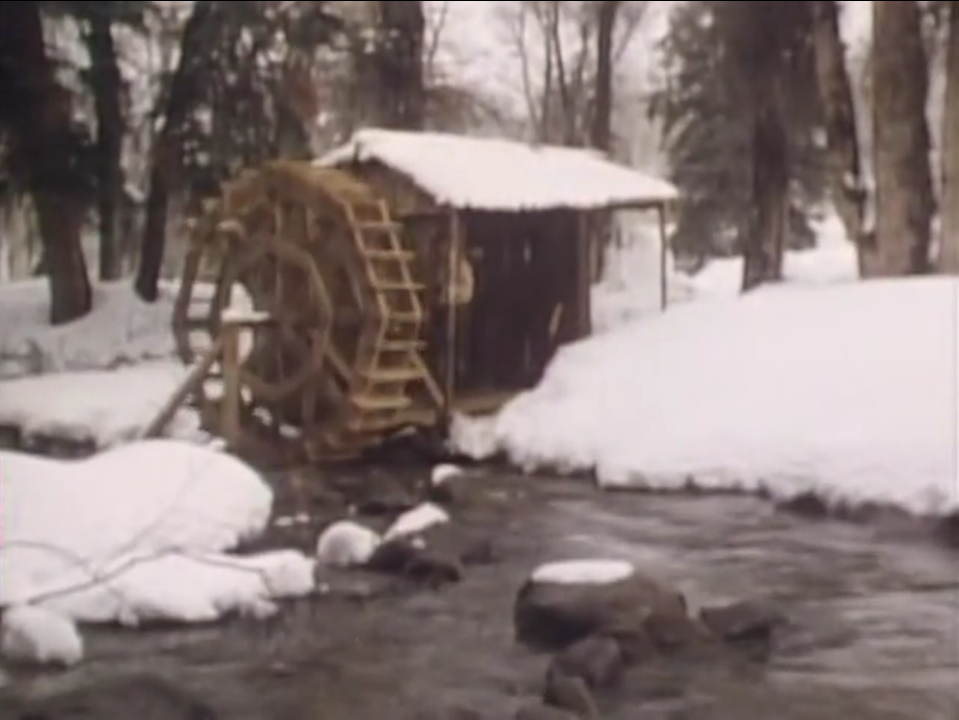
When Mad Jack and Frostbite Foley each discover the other had also obtained a Santa suit from the settlement, they perform the old mirror routine made popular by the Marx Brothers and I Love Lucy, but the origins of the routine are found in Charlie Chaplin’s 1916 film Floorwalker. In addition to his absolutely wonderful series theme Maybe, we also hear Thom Pace’s Friends, as Ben chases Joshua the raccoon around in the snow. Portions of the telefilm also received an original score by the talented Bob Summers, and we hear Ken Curtis sing, and he had quite the singing voice.
Both Linda Arbizu and Steven Robertson had high praise for Curtis when I spoke to them and recalled that he was very pleasant and would sing and dance a jig on set. Linda, attending Orem Junior High at the time of filming, shared “My favorite person in the whole production was Ken Curtis, who played my uncle, and Festus on Gunsmoke. He was so respectful, kind, and appreciative of my acting talent! On the last day, I asked the cast and crew to sign my script like a school yearbook. It was a lot of fun!”
Steven, in fifth grade at the time, recalled Curtis “was gentle, kind, self-effacing, and a pure professional…Always had time for people. Lent a hand, even physically, when he saw the need.
The best single example, to me was how he behaved in the food line…if an actor wasn’t at the head of the line initially, he was expected to go to the front – as a matter of course. Ken Curtis never did that. He took his place in the queue and wouldn’t move to the front even when prompted. He was no better than a driver or a prop man.
How he treated others on the set has stuck with me my whole life. I’ve often thought back on his example and have tried to emulate his behavior. He’s anyways been somewhat of a hero of mine. Exceptionally accomplished yet humble and kind. Were we all to take a page out of his book… well, just imagine…”
Filming for this 90-minute episode was done at the original series filming location at the Smith-Morehouse Reservoir near Park City, Utah in early March of 1978. Even though weather had forced the production to move from the Park City area first to Ruidoso, New Mexico, then to Payson, Arizona, the snowy weather conditions desired for the story had the crew move back to Utah for this finale. Linda recalled having to be shuttled from the makeup tent to the filming location via snowmobile.
This telefilm appears in the DVD box set of the series from Shout Factory, as well as on a standalone DVD. You can watch it below. Grizzly Adams did return to television one more time three years later in the TV movie The Capture of Grizzly Adams in February 1982, which concluded the storyline, and that will be the topic of the next Forgotten TV Movies.
Forgotten TV Movies is a column that considers made-for-TV movies of the 70s/80s of various genres. Oh, the places we’ll go and the sights we’ll see.


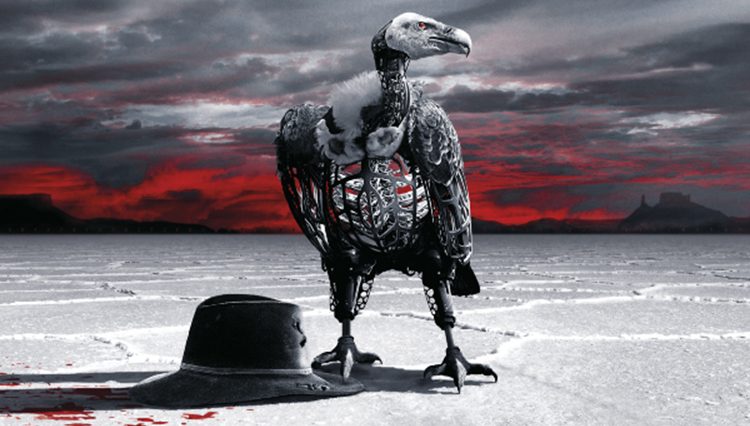
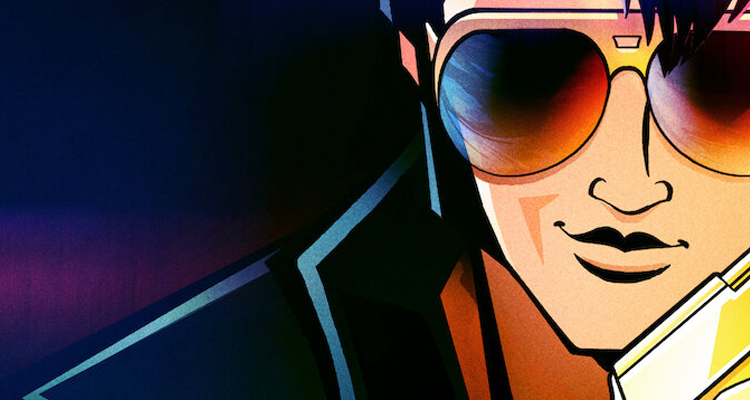

1 comment